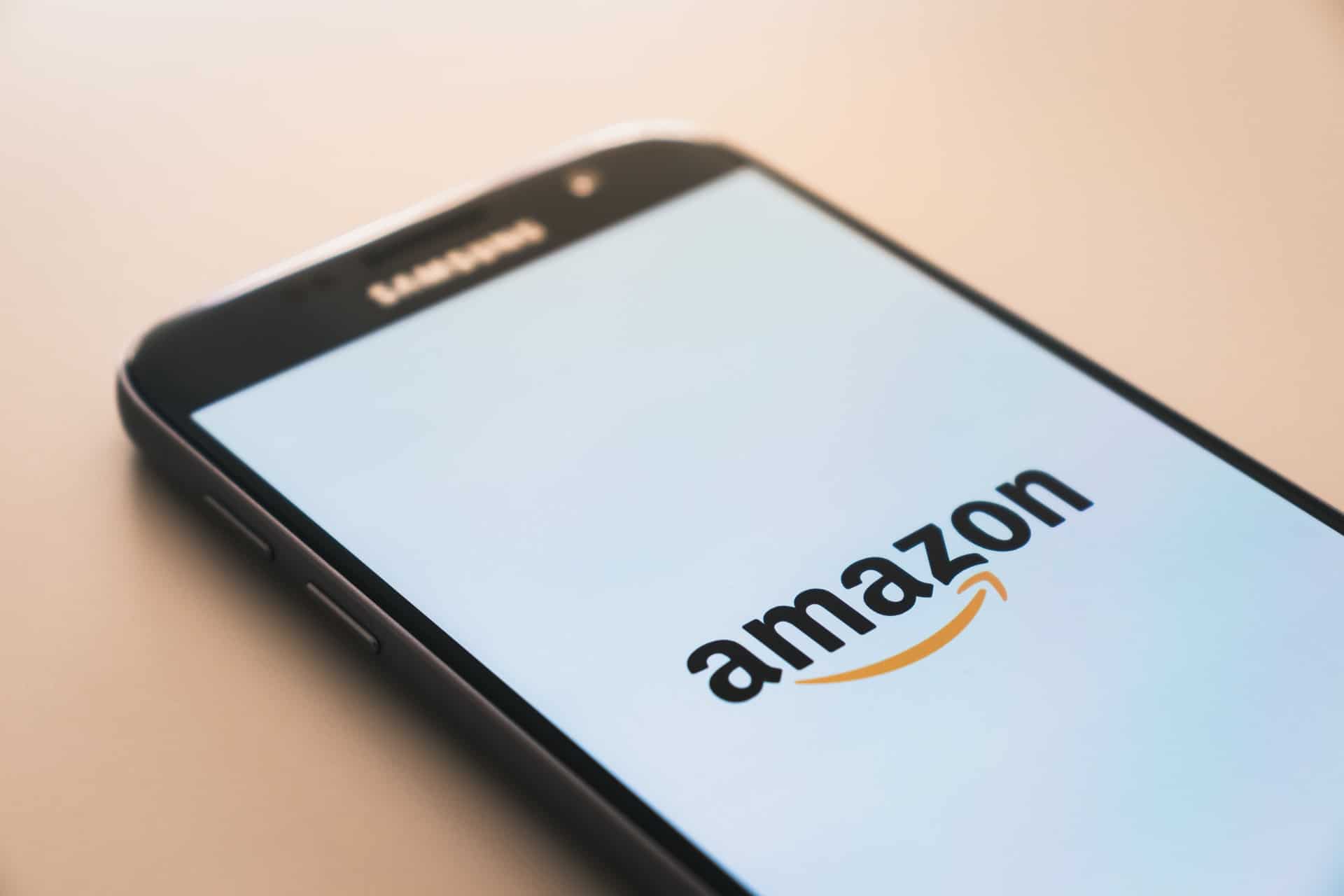The Australian government has announced plans to build a national fibre network. They assumed that this would be achieved through a bidding process, with the winning bidder granted a monopoly license to build the fibre network. Six carriers were invited to submit proposals by November 2008, including Telstra, the country’s largest telecommunications company. All six carriers won, and the government pitched in $4.7 billion to cover the cost of construction.
The National Broadband Network will provide a future-proof, secure, and fast connection to over 300,000 homes and businesses across Australia. It will also include curbside nodes for rural and regional areas. In addition, it will provide a better service for rural and regional communities, with curbside node installation. As part of the national broadband network, the NBN plans to provide an all-fibre national network to connect more than 300,000 homes.
The Fibre Network in Australia will cover over 700,000 homes and offices. It is a long-overdue project that will connect regional data centres with the entire country, providing transmission for local distribution networks. As part of the project, the Australian Government is also investing AUD$4.3 billion in the network, and the FibreNet will be the first step in the broadband revolution in Australia. The Australian Government has also made efforts to improve the quality of internet access in the country. Read More: fbise past papers
The Fibre Network in Australia will boost the economy and create jobs in many regional centres. It is estimated that it will create up to a million new jobs, as well as supporting a variety of existing industries. With the increased capacity, the fibre network will also be able to serve more than two million people, including those in remote regions of Australia. There are more than 2 million rural areas that will be connected to the internet by the end of 2020.
Spatial Distillery in Australia will connect major data hubs in all states and territories. It will support various industry sectors, including financial and manufacturing. It will also provide transmission to local distribution networks. Moreover, it will create new major interconnection points for international undersea cables. In addition to these advantages, the HyperOne network is the first true national fibre backbone project in Australia. It is expected to cover all of the Australian capital cities and it will also extend to Brisbane and Canberra.
While the NBN is the most reliable choice for rural areas, dark fibre has been a good alternative for urban and regional areas. The NBN’s high-speed fibre network would deliver download speeds of up to 25 Mb/s and upload speeds of up to 5 Mb/s. In fact, the entire country’s population could be connected by the NBN by the end of 2015, and it would still be cheaper than the other national backbone.
Besides the national fibre network, the HyperOne project also includes the regional network. The multi-technology mix would retain 71 percent of the copper wiring and the remaining 29 percent would use hybrid fibre coaxial connections. The plan was not implemented until December 2016, and is considered a failure. The first node was installed in Kellyville, a suburb of Sydney, which is 40 km west of the capital. The Multi-Technology Mix, however, failed to meet the initial goal of connecting all regional and rural areas with the network.
With this technology, consumers will be able to use the internet faster and more easily. The network will provide high-speed Internet, which will be faster than ever before. It will be powered by renewable energy and cover more than 4000 kilometers. There are many challenges to the construction and maintenance of a national fibre network.




